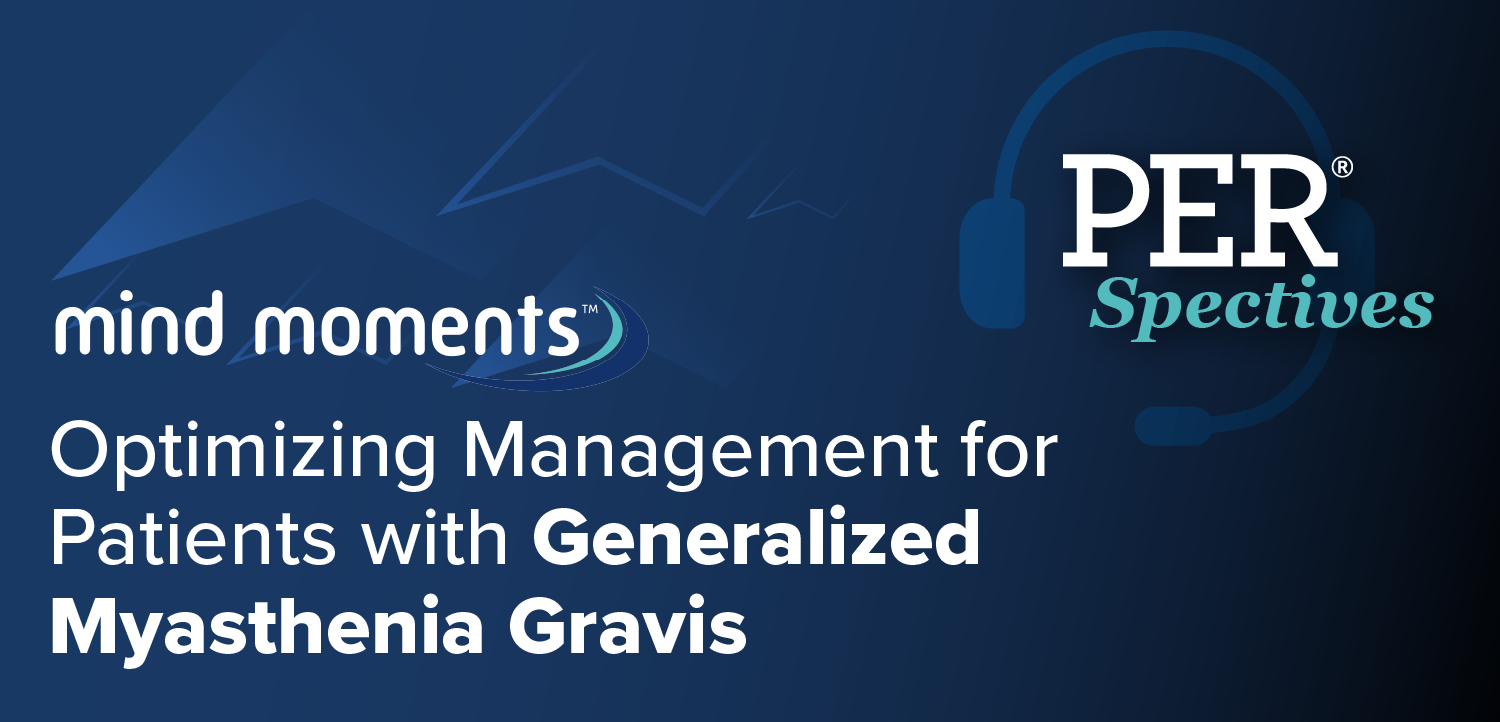
Biomarker and Subgroup Insights on Novel CIDP Therapy Riliprubart: Luis Querol, MD, PhD
The neurologist at the Hospital de la Santa Creu, in Barcelona, Spain, provided clinical context on sustained responses and new biomarker findings from exploratory phase 2 data on riliprubart in CIDP. [WATCH TIME: 4 minutes]
WATCH TIME: 4 minutes
"This is the first clinical trial in CIDP to show a reduction in neurofilament light chain—a key biomarker anchoring the observed clinical improvements."
Riliprubart, developed by Sanofi, is a humanized IgG4 monoclonal antibody that selectively inhibits complement component C1s, a key serine protease in the classical complement pathway. By blocking C1s, the agent prevents the activation of downstream complement proteins–such as C4, C2, and C3–that contribute to inflammation and immune-mediated damage to peripheral nerves. Over the years, complement activation has been increasingly recognized as a key driver in antibody- and macrophage-mediated nerve injury in chronic inflammatory demyelinating polyneuropathy (CIDP).
New biomarker and exploratory data from a phase 2 study (NCT04658472) assessing riliprubart in CIDP were presented at the recent
To gain greater insights on these data and their implications, NeurologyLive® sat down with study author Luis Querol, MD, PhD, a neurologist at the Hospital de la Santa Creu, in Barcelona, Spain. In the interview, Querol highlighted the consistent efficacy of the agent across patient populations, noting its durable clinical benefit in refractory patients, a historically difficult group to treat. Furthermore, he spoke on the drug’s impact on various CIDP subtypes, as well as the significance of reducing NfL, becoming the first such decrease reported in a CIDP clinical trial.
REFERENCES
1. Querol L, Hourcade S, Chow T, et al. Exploratory Biomarker Analyses in a Phase 2 Trial of Riliprubart for Chronic Inflammatory Demyelinating Polyneuropathy. Presented at: 2025 PNS Annual Meeting; May 17-20. Edinburgh, Scotland. ABSTRACT 281.
Transcript edited below.
Luis Querol, MD, PhD: First of all, as I mentioned before, what's important is that in the long-term, at the 76-week analysis, we see sustained efficacy. The drug is able to maintain the positive effects that were reported earlier. That’s key.
In particular, among patients previously treated with standard of care, a significant proportion—around 50%—improved beyond their prior baseline status. And this improvement wasn’t transient; it was maintained over a substantial period. This is especially meaningful since this group represents the core CIDP population.
The second highlight involves the refractory patients. These are particularly challenging cases, as they haven't responded well to currently available therapies. In the initial 24-week analysis, approximately 50% of these patients showed improvement from baseline. With the data we have so far—keeping in mind some data are still forthcoming—around 80% have maintained their prior response, which is an important figure for this difficult population.
Similarly, the treatment-naive group, which represents a more standard CIDP population, also responded well—on par with or even better than historical outcomes seen with standard of care therapies.
Another strength of this trial is the consistency of results across CIDP subtypes and patient subgroups. Whether you stratify by disease subtype or time since diagnosis, the drug seems to perform similarly across all groups.
Finally, although this is an open-label study, we included a robust biomarker—neurofilament light chain (NfL)—to support the clinical findings. This helps anchor the results to an objective measure, independent of any placebo effect or subjective bias. Overall, we saw about a 30% reduction in neurofilament levels, marking the first time a CIDP trial has shown a reduction in this biomarker following treatment. This effect was again consistent across all subtypes, suggesting a reliable and reproducible mechanism of action.
Newsletter
Keep your finger on the pulse of neurology—subscribe to NeurologyLive for expert interviews, new data, and breakthrough treatment updates.




































